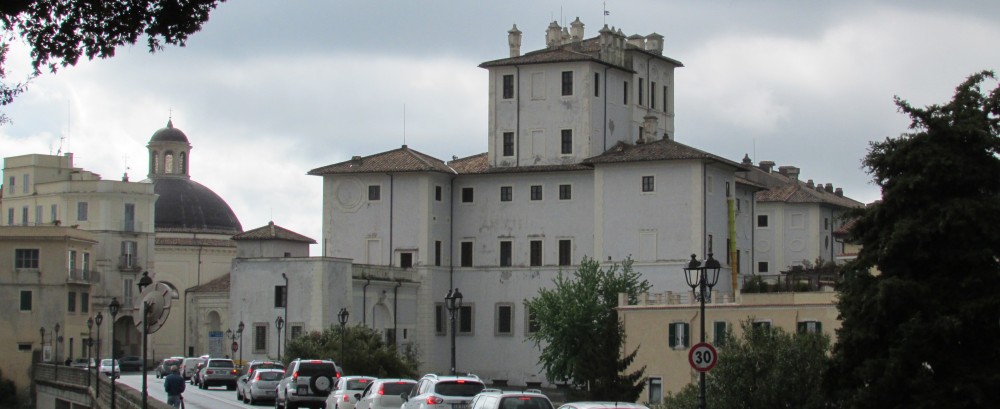Italy is the heart of European culture she is home to sites such as the Colosseum and the Pantheon representing the ancient world. While also housing The Ecstasy of St. Theresa and Basilica of Sant’Andrea della Valle to represent the Baroque world. However, my greatest interest in Italy has been the food which is offered. It is unlike anything that I have tasted before. Being based in Ariccia I have tasted Porchetta, a succulent pork roast, which represents the essence of this quaint town even being honored with a festival every year. I have found it is best when trying on a Panino, which is the proper name for a singular panini, served with Buffalo Mozzarella and some of the seasonal vegetables, right now it is chicory (known as chicoria here). You can’t come to Italy though without trying some homemade pasta and believe me there is a huge difference between what is served here and what is available in the United States.
In the Lazio Region there are 4 main pastas that almost every restaurant has: Cacio e Pepe, Gricia, Carbonara, and Amatriciana. The best part about these pastas is that they all start with the same basic ingredients of Pecorino and Pepper each then builds upon each other with more ingredients to make a more complex pasta, this is fun to anyone who is interested in food and developing of flavors like me. The first is Cacio e Pepe, which has only cheese and pepper, then to move to Gricia by adding Guanciale to the previous dish. After, this is where you can choose one of two ways to have a more creamy and rich pasta one can add eggs to Gricia and you would get Carbonara, or you can add tomatoes and red pepper flakes to get Amatriciana. Amatriciana is my personal favorite due to its depth of flavor beyond creamy through a savory flavor with a light spice to add to the dish.
However, during our time here so far, we have gone to 3 other regions all having different food cultures than Lazio. In the Abruzzo region, where we went on a day trip, we got to try a pasta with Saffron which is only grown in this region in Italy and is actually protected by the DOP, Denominazione d’Origine Protetta, Status meaning that to bear its name it must be grown in the Abruzzo region of Italy.
Moving north of there we enter Emilia-Romagna where we visited Bologna, the capital of this region. In this area we found a heavy base in the ragu sauce. Not the one that we can by in the store in the US but instead it was what we in the US call Bolognese as it is a meat-based sauce with tomatoes. Additionally, they are very famous for their meat filled Tortellini that is often served in a meat broth. Personally, I really enjoyed mixing the two so having my Tortellini in the ragu sauce.
The final region we have visited, and likely the most famous for their food, was the Campania region where we visited Naples. Now the obvious answer here for food in Naples is the Neapolitan Pizza that must be cooked in a wood oven. When we visited the area, I had enjoyed the Margherita Pizza, which is named after Queen Margherita and resembles the Italian Flag. As you can see, we are only through four weeks of classes and have experienced so much food culture across the many regions of Italy. As we continue through the remainder of the semester, I look forward to eating more food across all of Italy. Buon Appetite!!
Shane Berner

This dish is one of the 4 pastas of the Lazio Region. This dish is known as Carbonara and can generally be served with any form of pasta. Traditionally though you will see it served with long noodles such as Spaghetti or Bucatini. The star to this dish is the Guanciale made from pork cheek.
